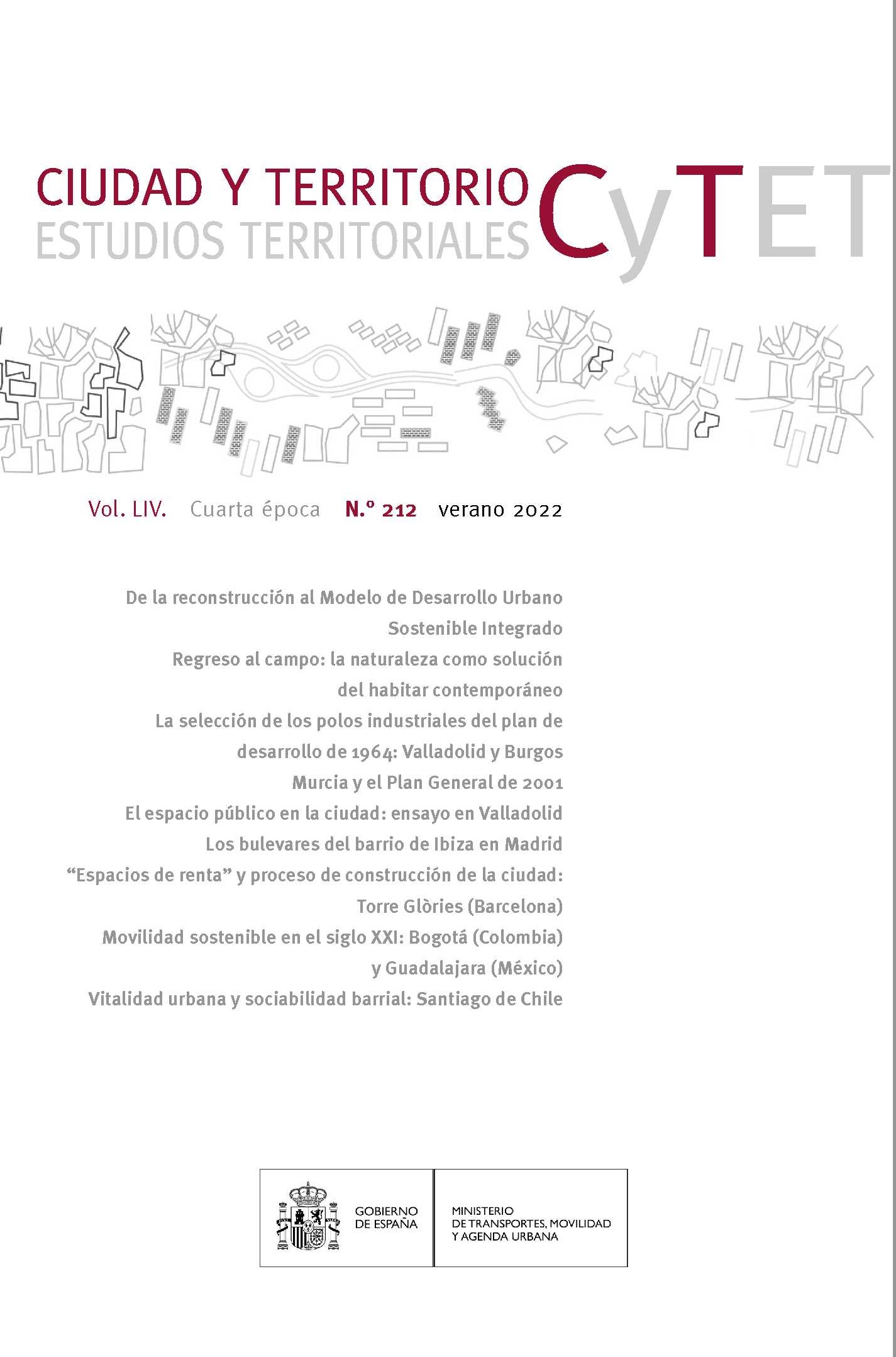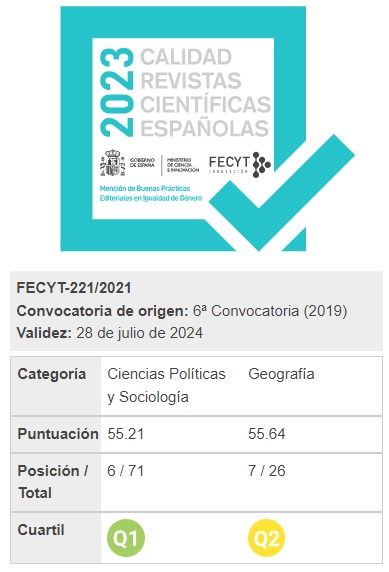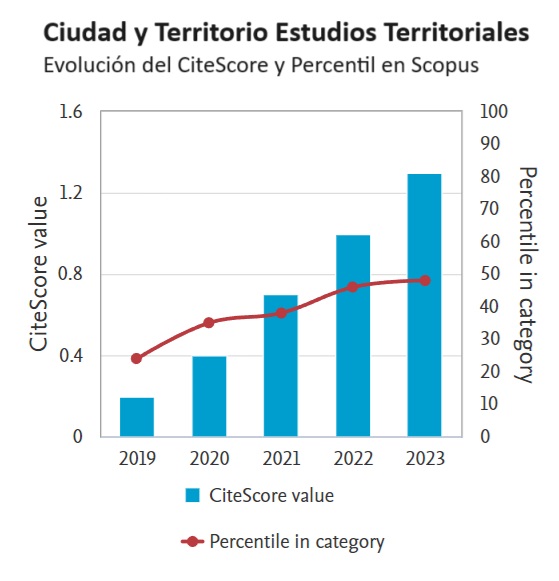The Rock Garden in Chandigarh: a public spaces system made from recovered materials
DOI:
https://doi.org/10.37230/CyTET.2021.212.10Keywords:
Chandigarh, Nek Chand, Urban Parks, Reuse of waste, Folk artAbstract
The Chandigarh “Rock Garden” is a sprawling urban park built over several decades by Nek Chand: an ecological model a few steps from the administrative center designed by Le Corbusier for the capital of Punjab, to which it constitutes an interesting conceptual counterpoint.The 25-hectare garden is an urban ecological hinge that manages to connect in the northern part of the city with the Leisure Valley, a system of winding pedestrian paths, full of trees and flowers, insects and birds: it is the long linear park that Le Corbusier thought of as the backbone and green lung of Chandigarh.In the urban garden, postmodern structures, vaulted towers, reminiscent of ancient Indian buildings, adorned with colorful mosaics, merge gracefully and freely with mirrors of water, animated by gentle waterfalls.
Downloads
References
Prakash, V. (2014): CHD Chandigarh, Altrim, Barcelona.
Prakash, V. (2015). “Chandigarh, la ciudad jardín”. https://www.altairmagazine.com/voces/bienvenido-a-chandigarh/
Rajer, A. (2000): Nek Chand's Story, en The Folk Art Messenger, Volume 13, N. 1, New York.
UNESCO (2016): L’Œuvre architecturale de Le Corbusier, une contribution exceptionnelle au Mouvement Moderne. http://whc.unesco.org/fr/list/1321/multiple=1&unique_number=2085
Published
How to Cite
Issue
Section
License
Copyright (c) 2022 Luca Bullaro

This work is licensed under a Creative Commons Attribution-NonCommercial-NoDerivatives 4.0 International License.
Considering the provisions of the current legislation on Intellectual Property, and in accordance with them, all authors publishing in CyTET give -in a non-exclusive way and without time limit- to the Ministry of Transport, Mobility and Urban Agenda the rights to disseminate, reproduce, communicate and distribute in any current or future format, on paper or electronic, the original or derived version of their work under a Creative Commons Attribution-NonCommercial-NoDerivative 4.0 license International (CC BY-NC-ND 4.0), as well as to include or assign to third parties the inclusion of its content in national and international indexes, repositories and databases, with reference and recognition in any case of its authorship.
In addition, when sending the work, the author(s) declares that it is an original work in which the sources that have been used are recognized, committing to respect the scientific evidence, to no longer modify the original data and to verify or refute its hypothesis. Author(s) also declare that the essential content of the work has not been previously published nor will it be published in any other publication while it is under evaluation by CyTET; and that it has not been simultaneously sent to another journal.
Authors must sign a Transfer of Rights Form, which will be sent to them from the CyTET Secretariat once the article is accepted for publication.
With the aim of promoting the dissemination of knowledge, CyTET joins the Open Journal Access (OA) movement and delivers all of its content to various national and international indexes, repositories and databases under this protocol; therefore, the submission of a work to be published in the journal presupposes the explicit acceptance by the author of this distribution method.
Authors are encouraged to reproduce and host their work published in CyTET in institutional repositories, web pages, etc. with the intention of contributing to the improvement of the transfer of knowledge and the citation of said works.








 Enlace a CyTET en Linkedin
Enlace a CyTET en Linkedin